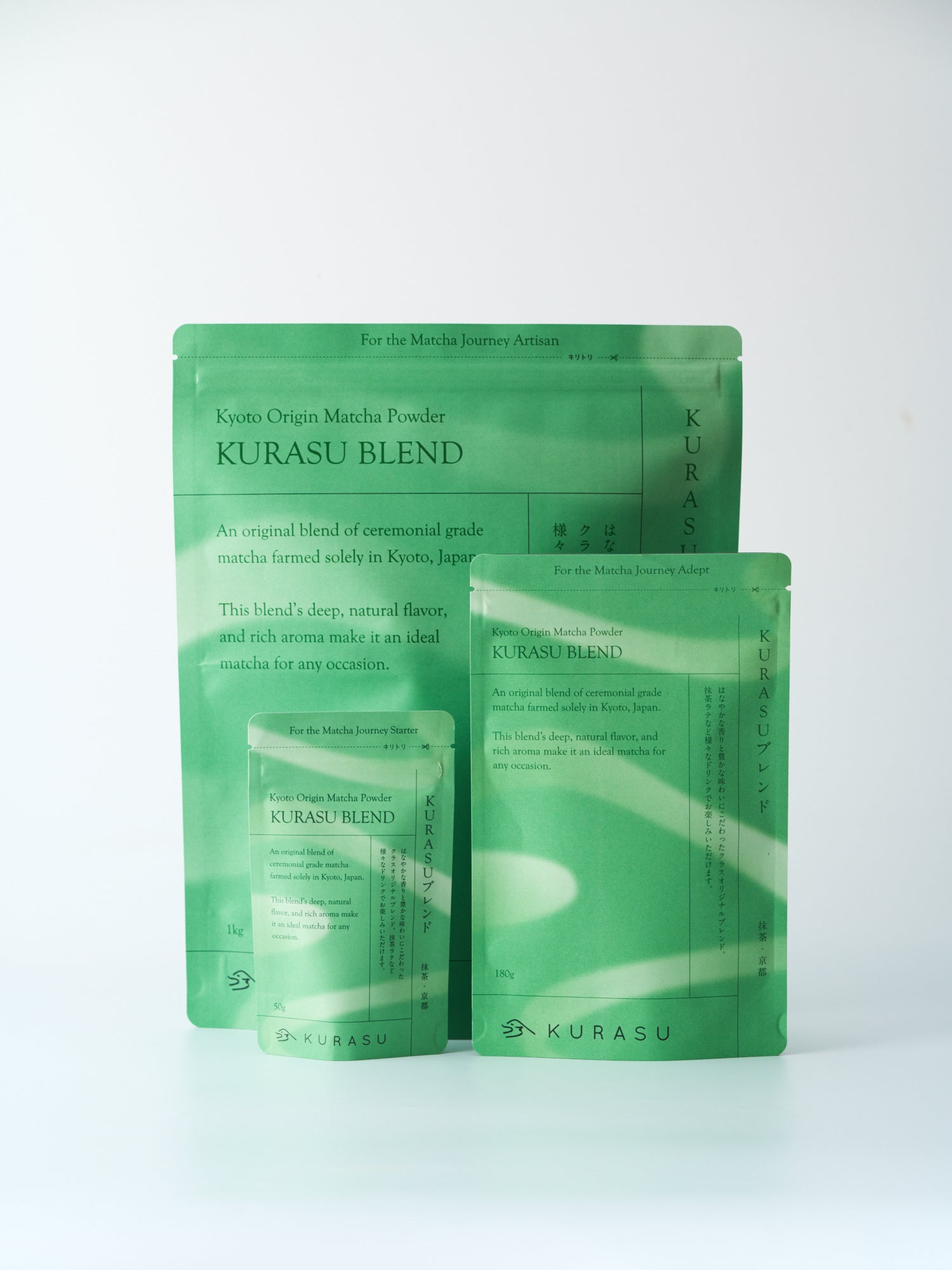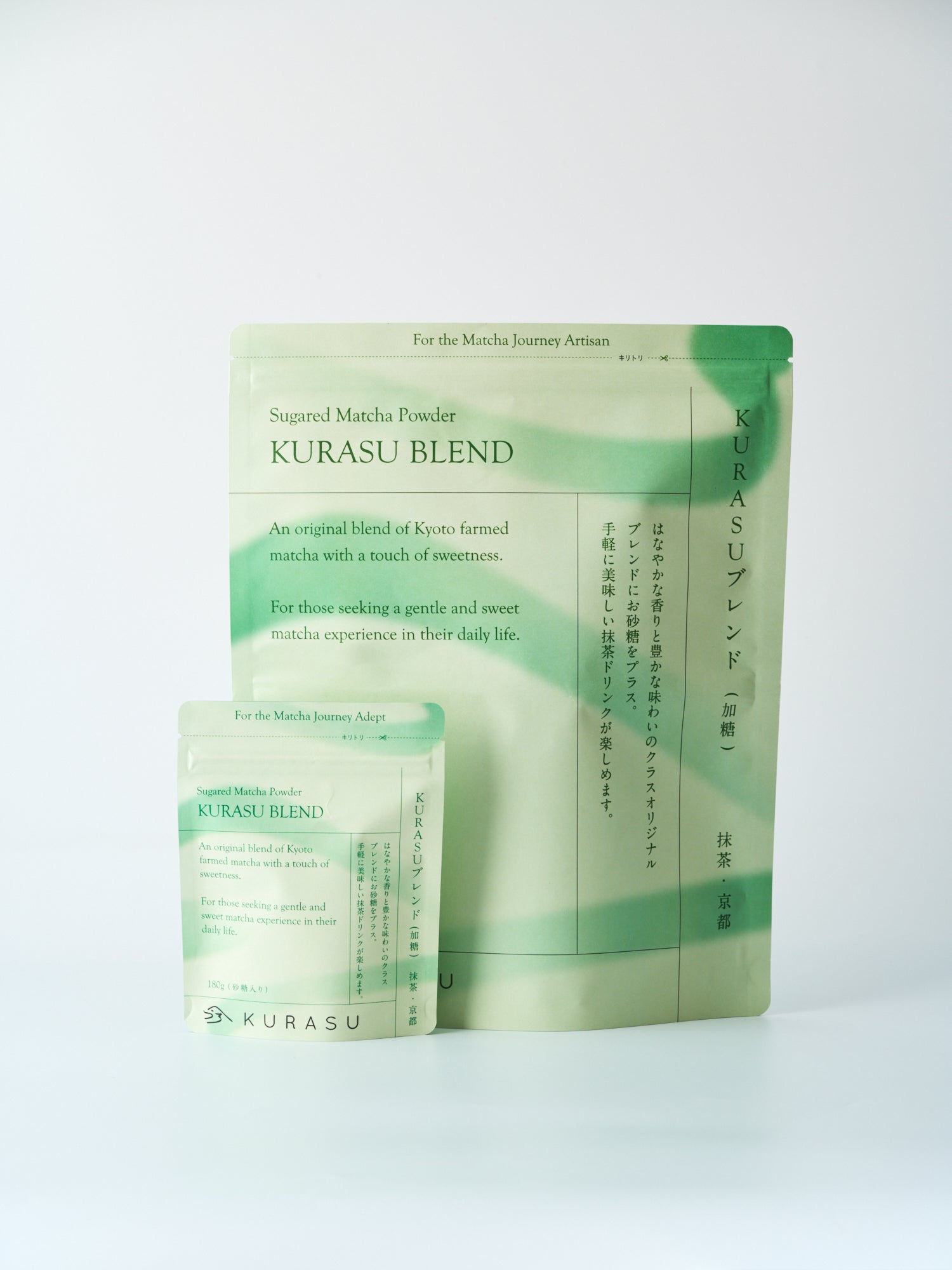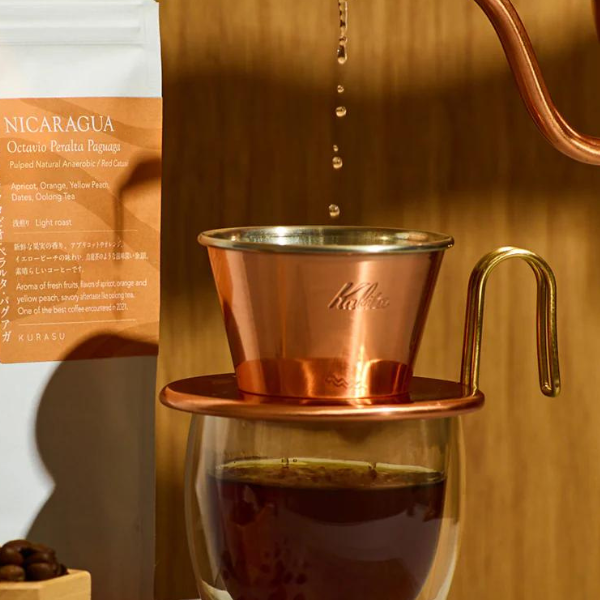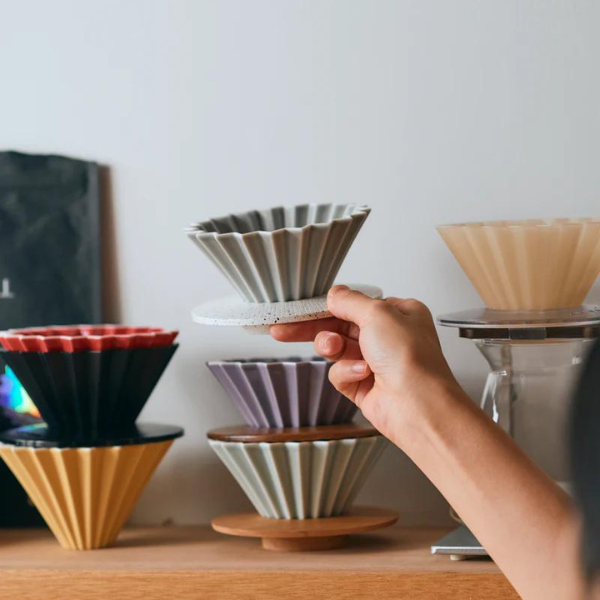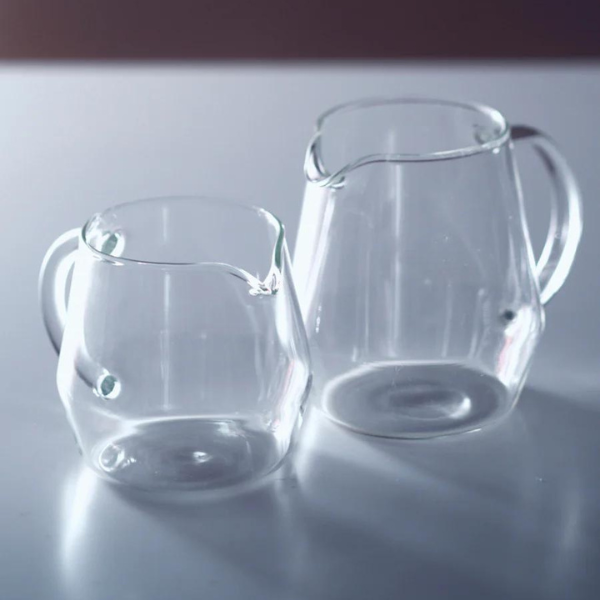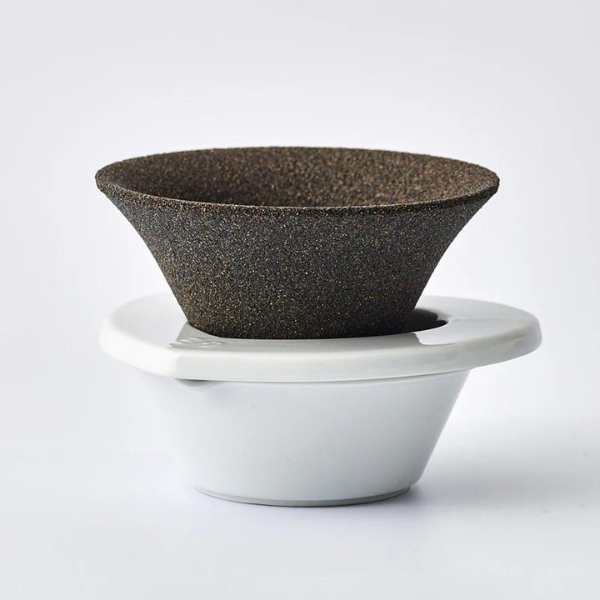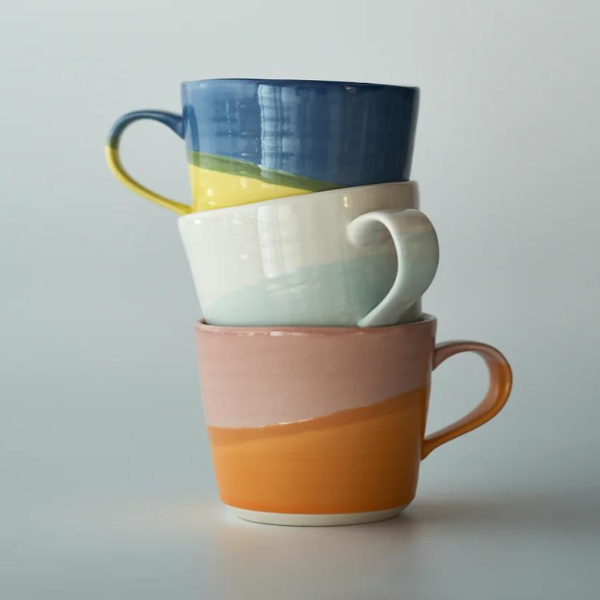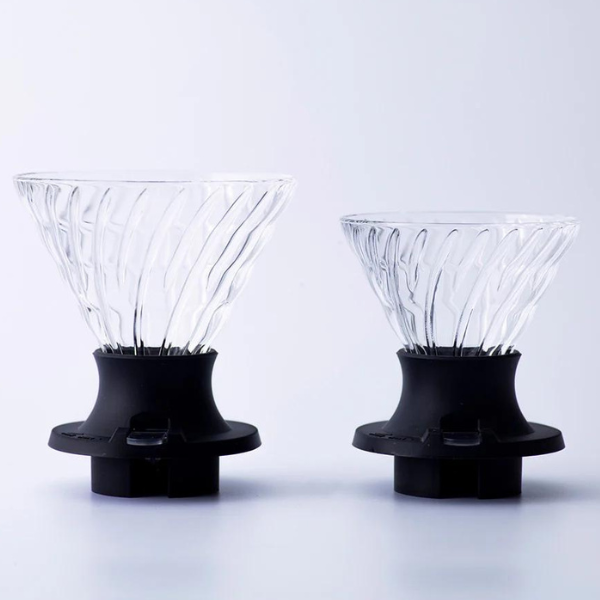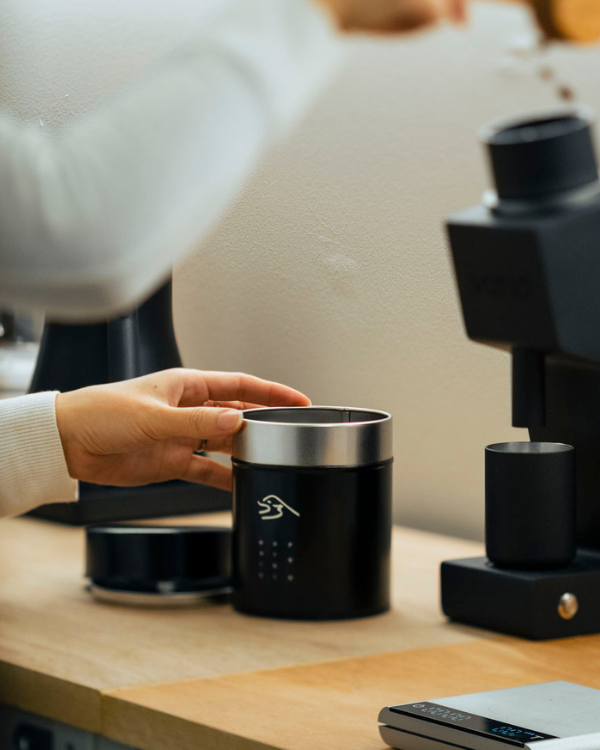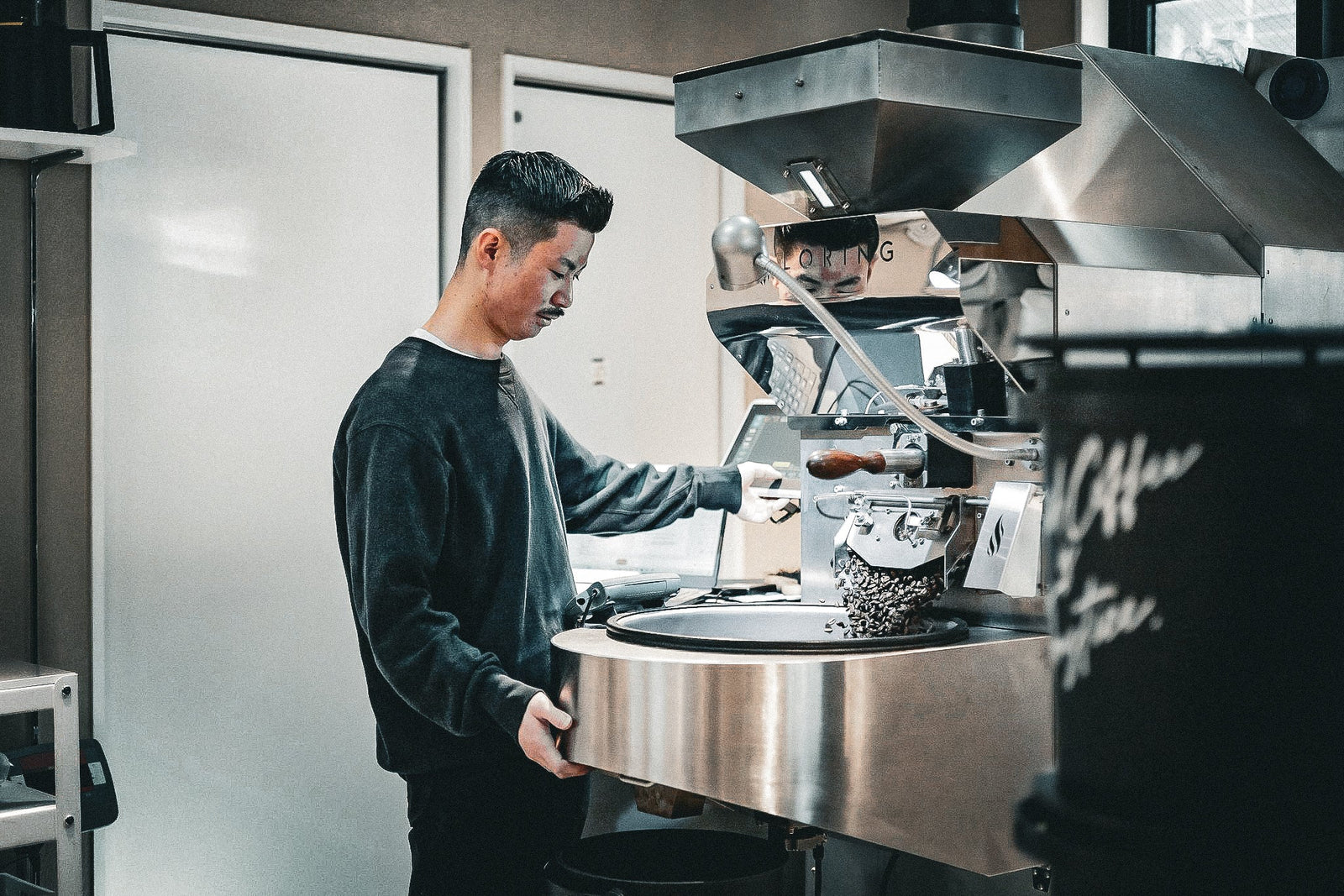When I found the Halo coffee drippers stand during my latest visit to Kyoto, I fell totally in love. The design was minimal but elegant, sturdy metal, beautiful ash wood, at the same time surprisingly light - everything about it was oozing of craftsmanship. I immediately wanted to showcase these for Kurasu and after reaching out to the creator Matusmoto san, we quickly worked out details to have his amazing piece of work featured to a wider audience.
I wanted to know more about the stand and also wanted our readers to understand the quality that goes into each and everyone one of these artworks, so I reached out to Matusmoto san to help tell the story of the Halo dripper stand.
What do you use for your metalwork?
The metals on the stand are polished iron rods of 5 mil. Diameter. They were chosen for the metalwork due to the higher diametrical precision (4.97-5.00 mil.) and the hardness and durability of the material.
How are the metal and stand built?
First, the metal rod is cut to the desired length and then, using a tool designed at Halo, the rod is bent by hand to the perfect curvature, with only 0.5 mil. error value. The metal is then painted black before being covered in a protective rice wax coating. The wax is made from 100% Japan produced rice husks. Rice wax was chosen over the more typical beeswax because of its higher melting temperature: 80℃ compared to 60℃ of beeswax.
The rice wax comes in solid form and is first melted down before being carefully applied with a brush. Halo chose this ingredient for rust prevention over plating or painting options because if there is a risk, however tiny, that water may come in contact with the dripper and then fall into the coffee, they wanted to be sure that the coating was an ingredient that was safe for human consumption.
Can you tell us about the beautiful woodwork used for the stand?
The wood is made from Japanese ash of laminated construction with 20 mil. thickness. This is not a cheap material, but it has the balance of weight, hardness and durability is ideal for long term use. The wood panel is made from binding together multiple strips of unfinished wood, resulting in a completely individual and unique panel.
The wood panel is finished with a natural oil wood stain from the German company Osmo, a stain engineered from plant-based oils which is so safe it is also used on children’s toys.
Every process of the construction, from cutting the wood and iron to slotting the pieces together is done in-house at Halo. Halo also make their own factory parts and pride themselves on superior precision in each stage of construction. In fact, the fit is so accurate that the iron rod slots easily into and fits snugly in the hole in the wood without any need for glue (the rod will not come loose if the dripper is used as intended).
Any message to our friends in Kurasu?
Whenever I make something, whatever it is, the most important thing for me is that every aspect of it is my own work. Whether it is a large order or a single one, each piece is designed, created and put together with the same precision and care. I feel our work is representative of Japanese craftsmanship
About the designers

Kenji Matsumoto
Born 1978, Shiga Ken, Japan
Kenji specializes in the precise art of bending pipes and rods and is also an expert in welding and cutting techniques. His designs use metal as a base in collaboration with wood and fabric to create a variety of interesting and original pieces from furniture and interior items, to gateposts, bannisters and name plates.
Ayumi Matsumoto
Born 1982, Hyogo Prefecture, Japan
Ayumi began her career as she an art director in a publishing company and went on to follow her interest in interior design to work as a home accessory shop. At Halo she is responsible for everything from overseeing design shape and form, to advertising, painting and product display.
In 2013 studied design under Yurio Seki at the Etote school in Kyoto.
Currently she is developing designs which incorporate color and patterns.



